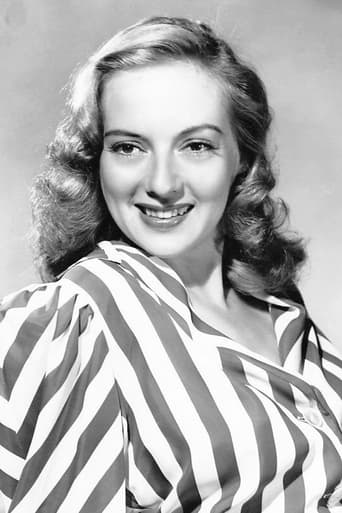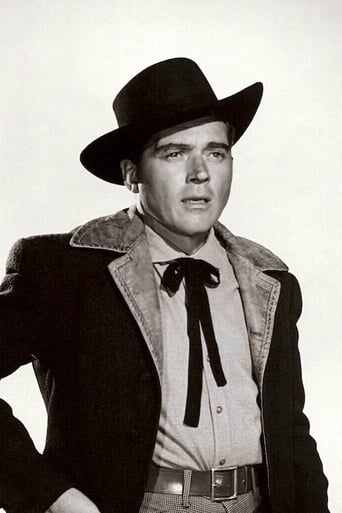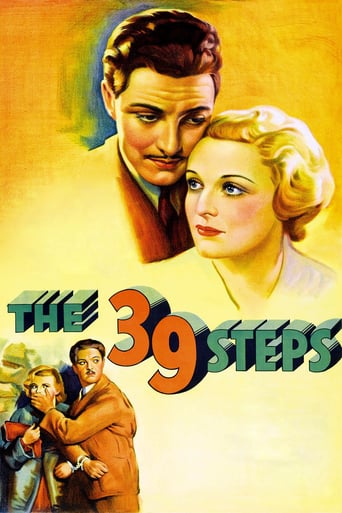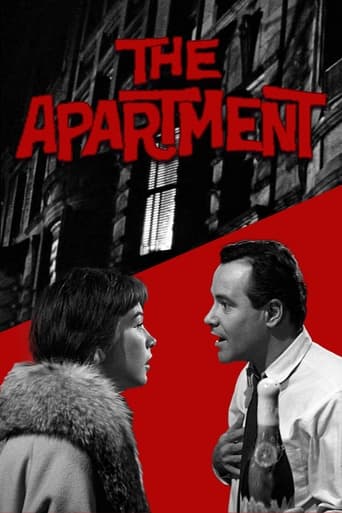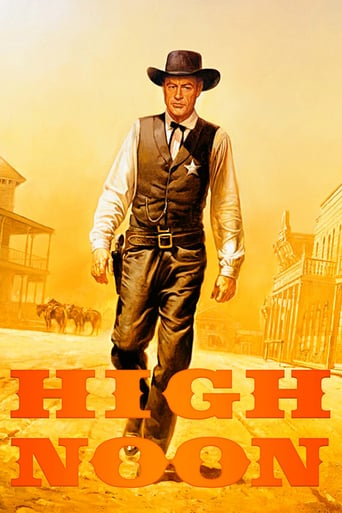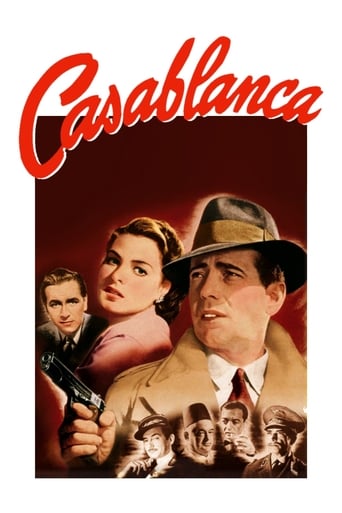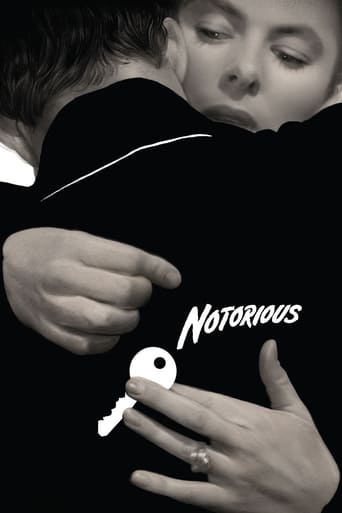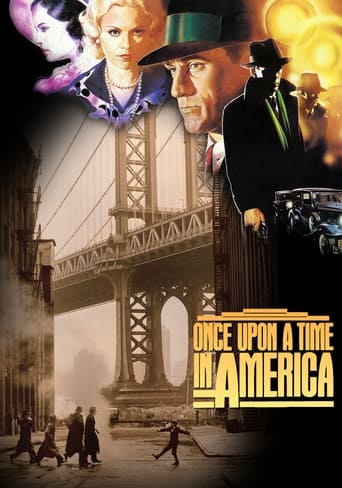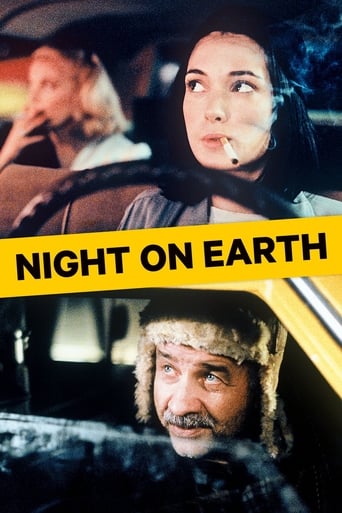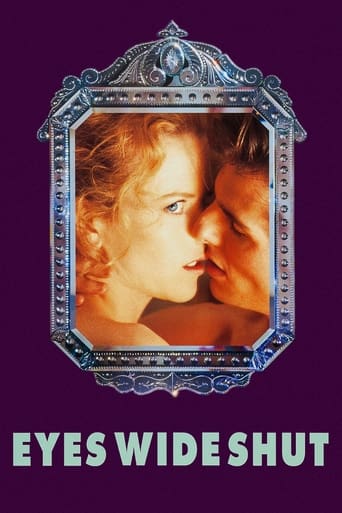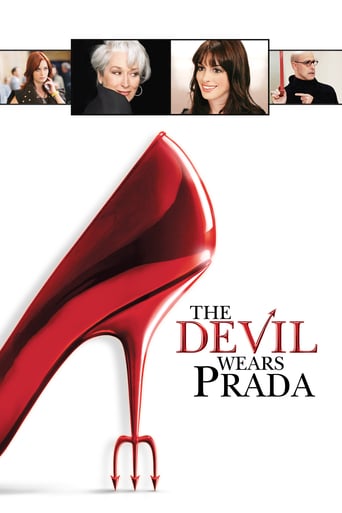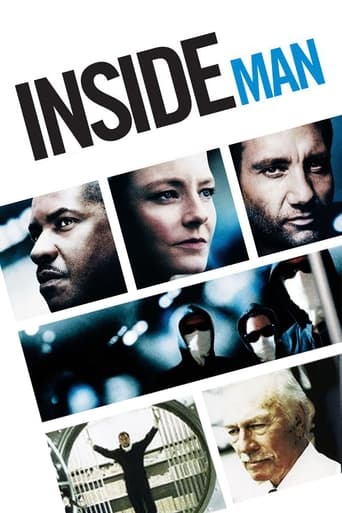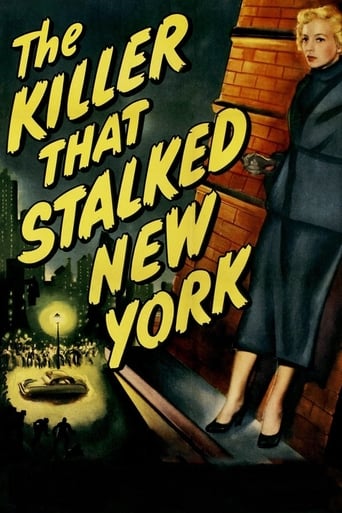
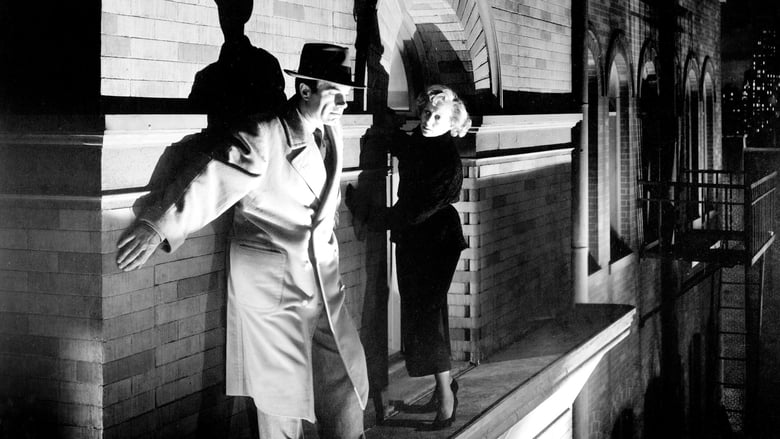
The Killer That Stalked New York (1950)
In New York, Sheila Bennet and her spouse, Matt Krane, are trying to unload a trove of rare jewels they smuggled into America from Cuba, but the police are hot on the couple's trail. Meanwhile, government officials begin a desperate search for an unknown individual who is infecting the city with smallpox.
Watch Trailer
Cast


Similar titles
Reviews
everything you have heard about this movie is true.
Pretty good movie overall. First half was nothing special but it got better as it went along.
The film creates a perfect balance between action and depth of basic needs, in the midst of an infertile atmosphere.
One of the most extraordinary films you will see this year. Take that as you want.
Evelyn Keyes is a killer, but she doesn't know it. With the narration at the beginning of the film to the revelation that she actually is a carrier of the smallpox disease, the viewer can tell this is going to be rather over-the-top. I went into this knowing nothing, but expecting a lot, with a title like that. Then from the narration telling us, she didn't know she was a killer, I thought maybe she had split personalities or something to that effect. When it became obvious she had smallpox, I was disappointed to say the least. No one today can know why this was made. Maybe a writer got an idea from a real incident. Maybe this was to educate people about the seriousness of getting vaccinated. Whatever the reason and despite all the earnest, sincere and well-meaning intentions, this film doesn't really age well. It comes across hokey and overblown with some of the supporting cast overacting and overly dramatic writing. But while I was disappointed in the content of the film, I have to admit it gets your attention, makes the viewers care about Evelyn and keeps the action moving fairly quickly. But, on the whole, today it seems too campy to be taken seriously, if it was trying to be. "The Killer That Stalked New York" can be found on the Bad Girls of Film Noir, Volume 1 DVD set. Being on that set, it might just fit right in, with other over-the-top movies, but its treatment of the movie's subject matter seems to me to be counterproductive. That's the only reason I'm hard on it. Otherwise, sit back and bask in who will be the next victim of the smallpox disease, as carried by Evelyn Keyes. See?!
We see Evelyn Keyes stepping off a train Penn Station in New York City, looking a little worried. We see Barry Kelley, a Treasury Agent, step off the same train and follow her through the station. The resonant baritone of Reed Hadley informs us that Keyes is returning from Cuba. Not only has she arranged for a shipment of diamonds to be smuggled by mail to her husband here in New York, the suave and handsome Charles Korvin, but she is also the killer that stalked New York. She doesn't know it but she's carrying smallpox. The criminal has become the disease he always represented in movies of the period. Keyes eludes Kelley and rushes to her husband, only to discover that he's been shacking up with her own sister, the succulent Lola Albright. And when the package of diamonds finally does arrive, the psychopathic Korvin dumps both of the babes and takes off on his own to sell the gems. This leads Albright to suicide and prompts Keyes to pack a gun and start tracking her husband down in the city.That, essentially, is what the movie is about -- Keyes' pursuit of her miscreant husband, the Treasury Department's pursuit of a diamond smuggler, and the Department of Public Health's pursuit of a carrier of smallpox who is infecting just about everyone who touches her.It's a modest movie. It lacks the talent that was in front of, and behind, the camera in the similarly plotted "Panic in the Streets." The performances are Hollywood-routine. Keyes gives a low-key performance. She could never be accused of overacting. Make up has given her a pasty-faced look that's entirely appropriate to the role, and her sickly appearance grows more pronounced and sweaty as she gets sicker. The director finally shows us only a few pimples on her neck and avoids any signs except perspiration in the other patients. That's just as well because the variola virus can cover almost the entire skin of the patient, as the blisters coalesce, until the skin sloughs off in patches. Pretty ugly stuff. New York locations are used but not imaginatively. The score is generic.But it's not bad. Okay -- so it wasn't directed by Orson Welles, and it doesn't have David Lean's majestic vistas, and the music isn't as melodic and bombastic as Eric Wolfgang Korngold -- but how can a viewer not be involved in a story about a triple chase through the streets of a great city in its florescent period? Of course it WOULD have been better with Welles, Lean, Korngold or their ilk -- but, okay.By the way, it gets a little confusing because it isn't until about half-way through that the Treasury agents and the Public Health people realize they're looking for the same person.But these weaknesses are amply compensated for by the gripping story and the strong, familiar supporting case, all of whom deliver the goods without special fanfare. Look at that cast. Richard Egan, Carl Benton Reid, Ludwig Donath, Roy Roberts, Art Smith, Whit Bissell, Connie Gilchrest, Dorothy Malone, Harry Shannon (a little touch of Orson in the night). You may not recognize the names but you'll recognize the actors if you're at all acquainted with movies of the 1940s and 1950s.I wish some of the principle roles had been cast differently. Keyes, Korvin, and Bishop are all a little stiff. Korvin's most memorable role was as a mambo instructor in an episode of "The Honeymooners." And I wish the director, Earl McEvoy, had sat down and thought about how he might have introduced some poetry into the proceedings. With such a strong story it wouldn't have taken much work. You can't just sell out, no matter what some less perspicacious reviewers, like that so-called "Howdymax", might argue. But, yes, you gotta have the right attitude here. I HAVE that attitude.
THE KILLER THAT STALKED NEW YORK is small pox. The woman who has it is EVELYN KEYES, whose bleached blonde hair and harsh unflattering make-up makes her look a far cry from the cutie she played in THE JOLSON STORY. She gives a chilling performance as a woman stiffed by her boyfriend (CHARLES KORVIN), both of them diamond smugglers unaware that in Cuba she picked up the deadly smallpox disease.The good supporting cast includes WILLIAM BISHOP, WHIT BISSELL, RICHARD EGAN, DOROTHY MALONE, LOLA ALBRIGHT, and JIM BACKUS. It's photographed in film noir documentary style with voice-over narration, as many films of the '40s and '50s were--similar, in fact, to PANIC IN THE STREETS, another thriller with Jack Palance as the deadly carrier.It's fast paced, with never a wasted moment of time in telling a story that runs one hour and nineteen minutes. Miss Keyes demonstrates that she was a much more talented actress than anyone ever suspected, with hidden depths in her portrait of a vengeful woman.Well worth watching.
This film about a woman who returns from Cuba to New York City with both smuggled diamonds and smallpox is a fairly typical film-noirish melodrama of the late 40's/early 50's. Will the police and Health Department officials find her in time to save NYC from an epidemic? The film has all the elements one expects from this type of film: great black and white cinematography, romantic subplots, over-the-top shady characters (one played by Jim Backus, "Mr. Howell" of "Gilligan's Island" fame) and too-good-to-be-true good guys, and great New York locations. It also has a hammy narration and some corny dialogue, but it is a fairly suspenseful and generally fun way to spend 75 minutes.However, the situation which probably seemed like far-fetched (but plausible) fiction in 1950, seems frighteningly possible today. The anthrax attacks of 2001, the fears of weaponized smallpox being used by terrorists, the concerns about vaccinations and the amount and safety of vaccines, the inability of governmental agencies to work together and share information effectively all come to mind when one watches this film. This gives it a bit more resonance today than other more dated noirish "chase" films of the same era.Overall, only a pretty good film but definitely worth a watch for the subject matter and its relevance to today's fears about bio-terrorism.


